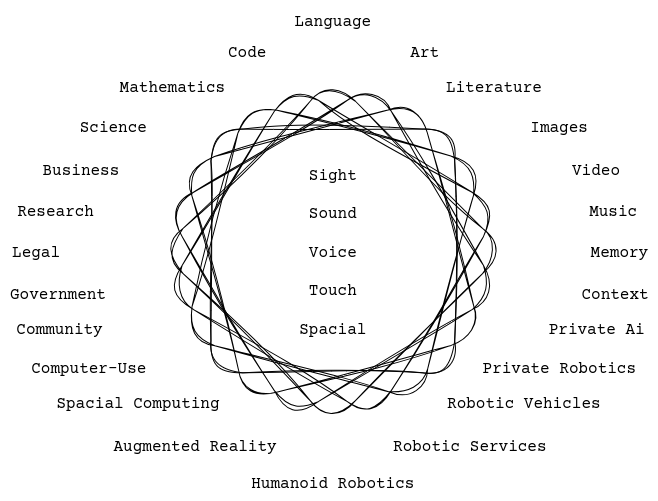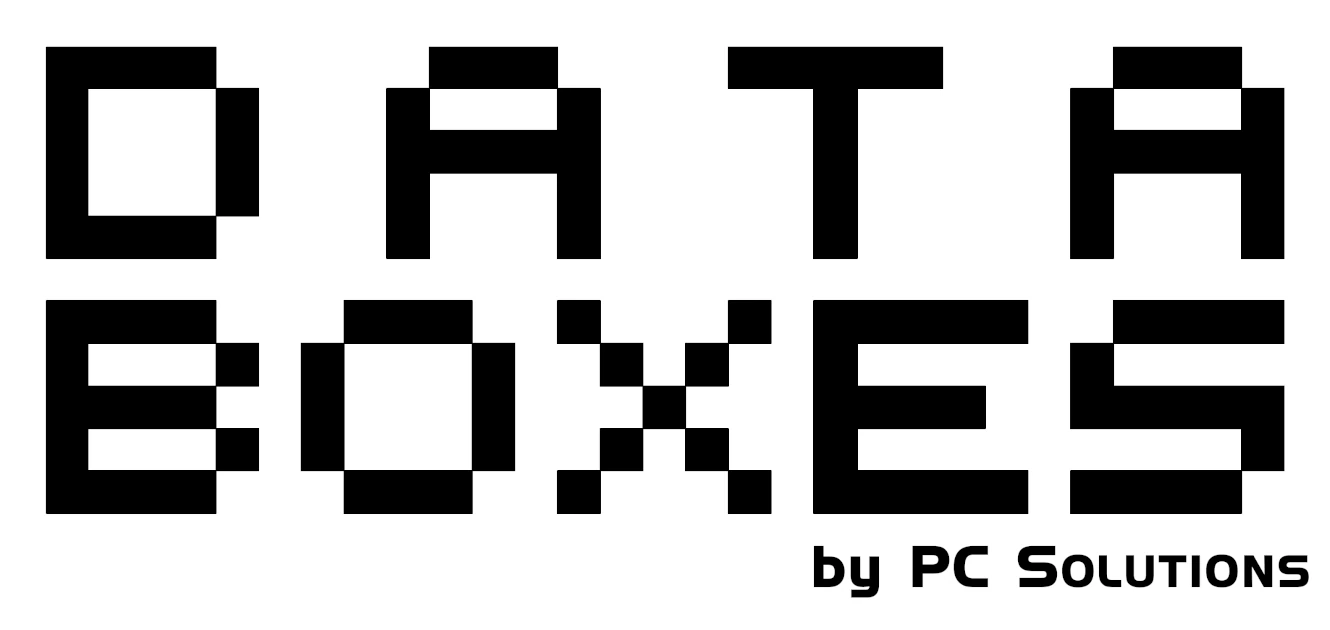3 Easy Steps

1
Imagine
Imagine what’s possible within the mind of a Talking Computer filled with knowledge.
2
Speak
Speak clearly, context matters, explain your thinking.
3
Listen
Listen closely, notice the patterns, ideas, and thinking, borrow what works.
In the ever-evolving world of artificial intelligence, engaging with AI models can feel overwhelming—especially if you’re just starting out. But it doesn’t have to be. I propose a simple, beginner-friendly approach: Imagine, Speak, Listen.
This three-step mental model offers a clear, iterative way to work with AI, turning it from a mysterious black box into a helpful partner. It’s all about exploration, not perfection, and it’s designed to unlock AI’s potential, one step at a time.
Let’s dive into how it works.
Imagine: Picture the Possibilities
The first step is to imagine—to picture what the AI can do and how it might help you. This isn’t about knowing all the technical ins and outs (though a little understanding helps); it’s about approaching the AI with curiosity, like stepping into a vast, uncharted landscape where your imagination sets the direction.
- Understand the Basics: Every AI has its own strengths. For example, a model like ChatGPT is great for reasoning and answering questions, while others might excel at creative tasks like storytelling or generating images. You don’t need to be an expert—just have a rough idea of what it’s capable of, like knowing whether you’re holding a paintbrush or a calculator.
- Explore the Latent Space: Think of AI as having a Latent Space—a hidden universe of knowledge, ideas, and possibilities. Your imagination is the compass that guides you through it. Ask yourself: What do I want to do? Brainstorm ideas? Solve a problem? Create something new? This step is about setting a vibe or direction, not nailing every detail.
Tip: Start simple. Imagine the AI as a helpful friend who’s ready to assist—whether it’s writing, learning, or brainstorming. What would you ask that friend to do?

Image of Human Computer Interaction; Showing human senses in the center surrounded by various Talking Computer modalities. These modalities rooted in language allow all forms of inputs and outputs to become an integrated latent space “mind”. Everything to everything, everywhere, all at once.
Speak: Communicate with Precision
Once you’ve got a vision, it’s time to speak—to turn your imagination into clear instructions for the AI. Prompting is an art, and unlike talking to a human, AI needs you to be specific since it doesn’t guess what you mean.
- Be Clear and Specific: Humans pick up on hints, but AI doesn’t. If you want a summary, don’t just say “summarize this”—tell it how. For example: “Give me a three-sentence summary of this article, focusing on the key points.” Clear prompts get better results.
- Add Context or Examples: Want a funny response? Say “write it in a humorous tone” or give a silly example. Need something formal? Mention that too. Context helps the AI match your vision, like giving it a nudge in the right direction.
- Check Your Prompt: Try this trick: read your prompt aloud and ask, What might the AI miss? If something’s unclear to you, it’ll definitely be unclear to the AI. Crafting good prompts is like giving directions to someone new in town—be precise, and you’ll get where you want to go.
Example: Let’s say you want AI to help with a story. Instead of “write a story,” try: “Suggest five plot ideas for a mystery set in a small town with a detective hero.” That’s specific and gives the AI a clear target.
Listen: Learn from the Response
The final step is to listen—not just to hear the AI’s answer, but to learn from it and improve how you interact. This turns a single question into a conversation that gets better over time.
- Look at the How, Not Just the What: When the AI responds, think about why it answered that way. If it’s a good model, you can even ask it to explain: “How did you come up with this?” Seeing its reasoning is like getting a peek at its thought process—and it’s a great way to learn.
- Adjust and Try Again: If the answer isn’t quite right, don’t give up. Reflect: Was my prompt confusing? Did I miss something? Tweak it and ask again. It’s a back-and-forth dance that sharpens your skills.
- Borrow New Ideas: Here’s the cool part: the AI might surprise you with a fresh perspective. By listening closely, you can “borrow” its reasoning—new ways to think about your task that you can use later. It’s like having a brainstorming buddy who sees things differently.
Example: If the AI gives you plot ideas for that mystery story, but one’s off, ask: “Why does this twist work?” or “Can you tweak it to fit a stormy night?” Listening helps you refine the idea and learn how to guide the AI better next time.
A Quick Example in Action
Let’s put it together with a simple scenario: using AI to brainstorm a short story.
- Imagine: You picture the AI as a creative helper that can suggest ideas for a mystery story set in a small town.
- Speak: You write: “List five plot twists for a mystery story set in a small town, where the main character is a detective.”
- Listen: The AI gives you ideas. One catches your eye, but it’s vague. You ask, “How would the detective uncover this twist?” The AI explains, and you use that to polish your story—and your next prompt.
See how it flows? You start with a spark, give clear directions, and learn from what comes back.
Conclusion: AI as Your Partner
The Imagine, Speak, Listen model is your key to making AI less intimidating and more useful. It’s about picturing what’s possible, speaking clearly to guide it, and listening to improve both the results and your own thinking. With practice, you’ll turn AI into a partner—not a puzzle.
So, next time you sit down with an AI, don’t just type and hope. Imagine the possibilities, speak your mind, and listen to what comes back. You’re not just using a tool—you’re exploring a world of ideas, sharpening your skills as you go. Give it a try, and see where it takes you!
©Copyright 2025 PC SOLUTIONS / DATABOXES
All Rights Reserved
DON’T PANIC!
